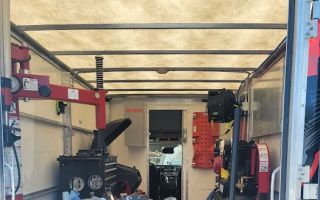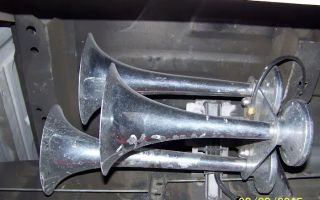- 1-when-to-replace-car-tires
- 2-tools-needed-for-tire-replacement
- 3-preparing-your-car-for-tire-change
- 4-step-by-step-process-to-replace-car-tires
- 5-common-mistakes-to-avoid-when-changing-tires
- 6-professional-help-and-rescue-towing-services
1. When to Replace Car Tires
Knowing when to replace car tires is the first crucial step in maintaining vehicle safety. Tires wear down over time due to friction, road conditions, and driving habits. Common signs include low tread depth, visible cracks, bulges, uneven wear, or frequent air pressure loss.
Many experts recommend replacing tires once tread depth reaches 2/32 of an inch. Using a tread depth gauge or the penny test helps measure this. Additionally, tires older than six years, regardless of tread, should be inspected regularly as rubber degrades.
Ignoring worn tires increases risks of blowouts, poor handling, and reduced braking efficiency, making timely replacement vital for your safety on the road.
2. Tools Needed for Tire Replacement
Before starting a tire replacement, gather the necessary tools to ensure the process goes smoothly. Essential tools include a reliable car jack, a lug wrench, wheel chocks, and a tire pressure gauge.
A jack stand is also recommended to secure the car safely once lifted. Additionally, gloves and a flashlight can help if you’re working in low-light conditions. Having a replacement tire, ideally a full-size spare or temporary “donut,” is essential.
Preparing these tools ahead of time helps avoid frustration and ensures safety during the tire replacement process.
3. Preparing Your Car for Tire Change
Proper preparation is key to safely replacing a tire. Begin by parking on a flat, stable surface away from traffic. Engage the parking brake and place wheel chocks behind wheels remaining on the ground to prevent rolling.
Locate the spare tire, jack, and tools, typically found in the trunk or under the rear of the vehicle. Remove any hubcaps or wheel covers using the lug wrench or a flat tool carefully to avoid damage.
Taking these precautions ensures a secure setup before lifting the car and loosening the tire.
4. Step-by-Step Process to Replace Car Tires
Start by loosening the lug nuts slightly while the tire is still on the ground, turning counterclockwise but not removing them completely. Position the jack under the vehicle’s recommended lift point and raise the car until the tire is off the ground.
Remove the lug nuts entirely and carefully take off the old tire. Align the new tire with the wheel bolts and slide it onto the hub. Hand-tighten the lug nuts to hold it in place.
Lower the vehicle slowly using the jack until the tire contacts the ground, then remove the jack. Use the lug wrench to fully tighten the lug nuts in a star pattern to ensure even pressure. Finally, check the tire pressure and adjust to the manufacturer’s recommended level.
These steps, done carefully, help ensure a safe and effective tire replacement.
5. Common Mistakes to Avoid When Changing Tires
Common errors during tire replacement include not loosening lug nuts before lifting the car, which can cause the wheel to spin dangerously. Skipping the use of wheel chocks risks vehicle movement. Over-tightening or under-tightening lug nuts can lead to wheel damage or unsafe driving conditions.
Failing to check the spare tire’s pressure before installation can leave you stranded. Additionally, using an improper jack point may damage the car’s frame.
Being aware of these pitfalls and following manufacturer guidelines prevents accidents and ensures your tire change is safe and effective.
6. Professional Help and Rescue & Towing Services
While many car owners learn how to replace car tires themselves, sometimes professional assistance is necessary—especially in emergencies or if you lack the proper tools.
Rescue & Towing services provide roadside assistance including tire changes, tire delivery, and towing if tires are beyond repair. They offer fast, reliable help, ensuring safety and minimizing downtime.
Having the contact information of a trusted towing and rescue provider like Rescue & Towing can provide peace of mind for unexpected tire issues on the road.





























